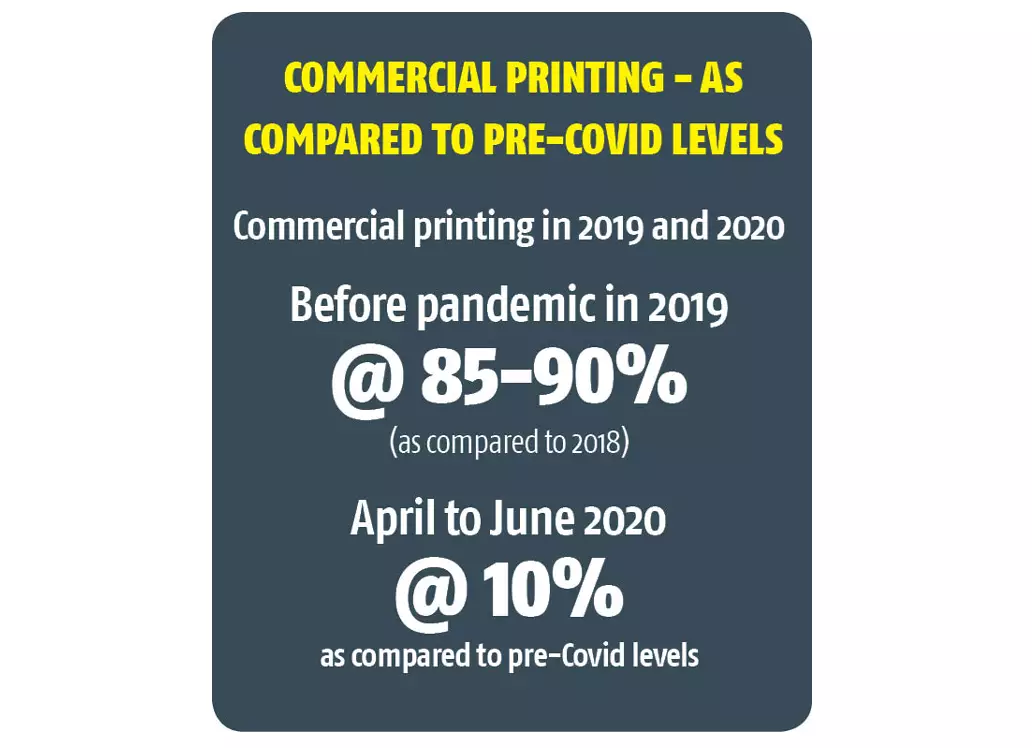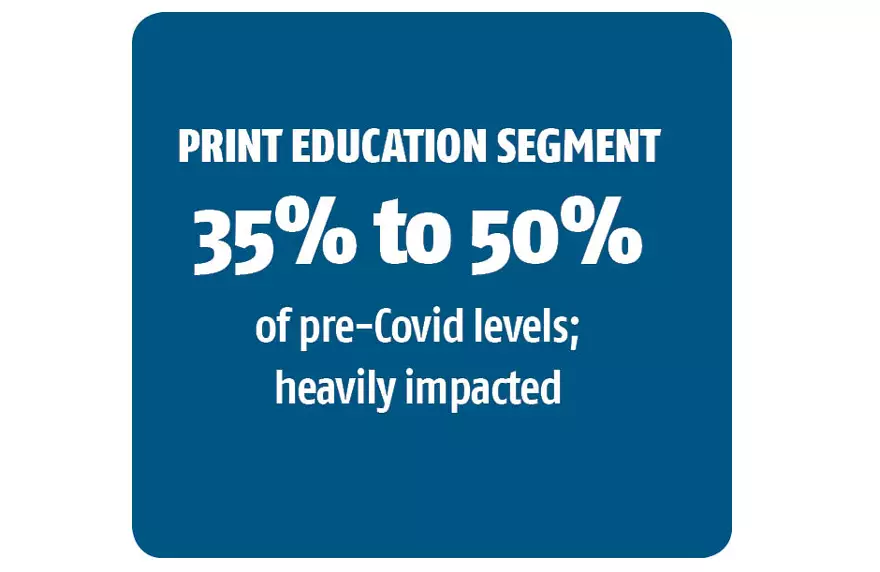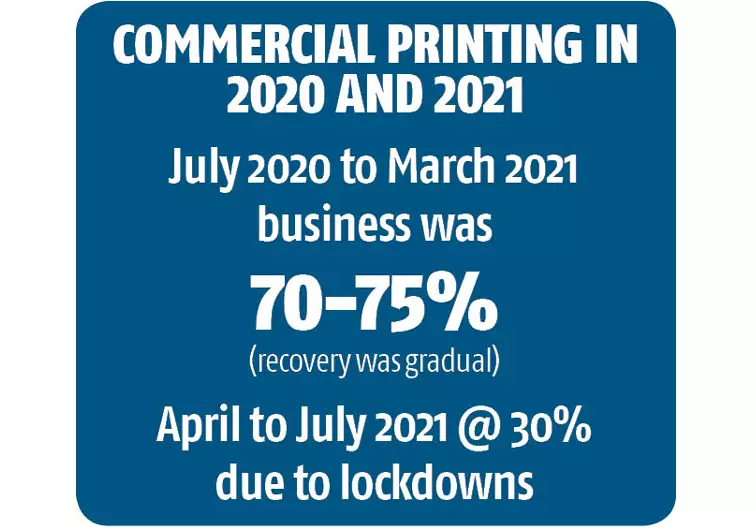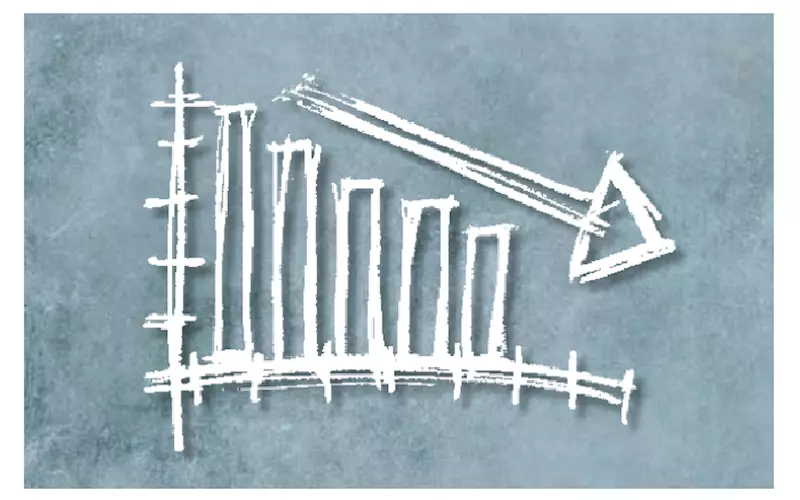Has Covid altered Indian print forever?
Soon after the first wave, PrintWeek spoke to Narendra Paruchuri, chairman of Hyderabad-based print and packaging specialist, Pragati Group. We asked him, do you think commercial printing is a growth market? I don’t think so. However, as far as Pragati is concerned, I think we still have some steam left in the commercial printing segment. This is because, in our packaging printing business, we have added technologies which can add a lot of value to high-end coffee-table books.
20 Sep 2021 | By PrintWeek Team
“So, if a buyer wants to add an embellishment to a book or brochure or catalogue, we’d be able to provide those solutions. That’s the Pragati advantage,” Paruchuri said.
Early this year, Vasai-based commercial printing specialist Ar ihant Enterprises printed a stunning calendar – Arihant 2021. The 19-year-old company had diversified into packaging. With the calendar, the company wanted to create a product that would symbolise the work it does. Paul and Mike, a chocolate brand from Kochi, made history when it won an international chocolate award for one of its chocolate brands in Kerala. Apart from the flavour, packaging was one of the stand-out features. Paul and Mike commissioned Kochi’s Anaswara Offset to produce a colour pack that aligns with the ingredients of the award-winning chocolate.
A sector under pressure Uday Dhote of Mumbai-based Dhote Offset Technokrafts, shared, “We are feeling the pinch. Our ops are around 25% of pre lockdown levels.” It’s the saga across the country.
Some say it was getting tough to thrive in the print sector even before the pandemic struck. And Indian print industry was staring down the barrel even before the pandemic hit, with print orders in the commercial segment falling.
“Even before the Covid outbreak, business was down to 85-90%% in 2019 as compared to 2018,” says Vinay Kaushal, managing director at Provin Technos. Provin represents the Japanese printing press manufacturer RMGT, in India. Until May 2021, the company had installed four offset presses, compared to 13-15 machines during an average year, and close to 20 in a good year. “Overall, the situation was bad, and if you consider that, our numbers are okay. We are not present in the packaging segment, which is another factor.”

Suresh Shah, managing director at Nulith Graphics, the print consumables distributor based in Mumbai, concurs. “Our business with commercial printers was 10% as compared to 2019.” He adds, “From April 2020 to August 2020, it was almost zero. However, from September 2020 to March 2021, it climbed to 25%, but from April to June 2021, we are back to 10%.” Taral Shrof f, director, Shreejee Corporation/Pradeep Shroff & Co, a dealer of print consumables located in Surat, says, the second wave has impacted Gujarat much harder. The second wave unleashed its wrath after the lockdown was lifted, and the market had just started to move up. “With commercial offset printing in steep decline, many print companies are making a move to packaging, which is seen as a stable market.”
Manish Gupta, the general manager, marketing, production, and industrial printing at Konica Minolta India says, the digital printing market is no exception. It has witnessed a downward slope in print volumes. However, according to Gupta, the good part is that his company is witnessing steady growth even though some of the segments (education/corporates) are still not performing. “The print volume growth is from the short-run labels shift from offset to digital for short runs.”
Gupta’s assessment shows that digital printing has notched up 70-75% of the pre- Covid levels. “There is also increasing demand from the offset printers looking at digital for their short print run requirements,” concludes Gupta. This dovetails with our assessment.

For example, digital print is the mainstay of Surat’s print business. When we spoke to Birju Talati, director at Metro Printers, in March earlier this year, he had said, there had been a rise in the number of jobs printed deploying its digital setup. Currently, the company prints approximately 10-12 thousand prints on a daily basis. Besides offset presses, Metro also operates two Kodak NexPress presses.
SN Venkataraman, executive vice president for marketing and commercial at the paperboards and specialty papers division of ITC, agrees that commercial printing is the worst of the affected lot. He says that the general writing and printing paper segment, which depends a lot on the education segment, has suffered. “Most paper companies after a restart have increased their exports, but the second wave has been a big dampener, and we can only hope for a recovery in the second half of 2021.”

Puneet Datta, senior director, Canon India, says, “The situation for commercial printing has been bleak for the last one year. However, I feel it will bounce back to 80% levels in the long run.”
Dutta adds, “Consolidation, as it happened in the Global North during the Lehman crisis, will start happening in India in the conventional printing space.” Dutta feels this phase should last for the next five years or so. “This is bad news for smaller printers in the metro cities and tier-1 towns, but smaller print firms will continue to thrive in tier-2-, tier-3, and tier-4 cities,” he surmises.
Key takeaways
Some print companies may emerge stronger, others who have been operating on wafer-thin margins are struggling to survive. Factory shifts have reduced. The pressure to move to packaging is becoming more intense. This could throw its own challenge.
A tweet on the PrintWeek handle said it best. The number of commercial printers who operate in the Rs 4-crore to Rs 10-crore turnover are about to shut shop. “The situation is horrifying.”
Reason #1: Corporate not printing much. They prefer digital. The bigger the corporate, the more silent they are about print payments.
Reason #2: Government has shunned ink on paper. Government policy is anti-paper. History is on the industry side. But politics is not.
Proof: A 40-year-old printing house with two Heidelberg presses and Rs 5-crore turnover, very good clients, grossed Rs 34-lakh in the last 20 months.
The future: Shut shop.
Also read:
Has Covid altered Indian print forever?
Packaging: a voice of sanity
Corrugation and label industry: hopes for post-pandemic demand
Wide-format industry: sluggish growth
Spotlight: Malayala Manorama and Dainik Bhaskar
Insights on the next six months for print
Vox Populi: Industry's take on pandemic blues












 See All
See All